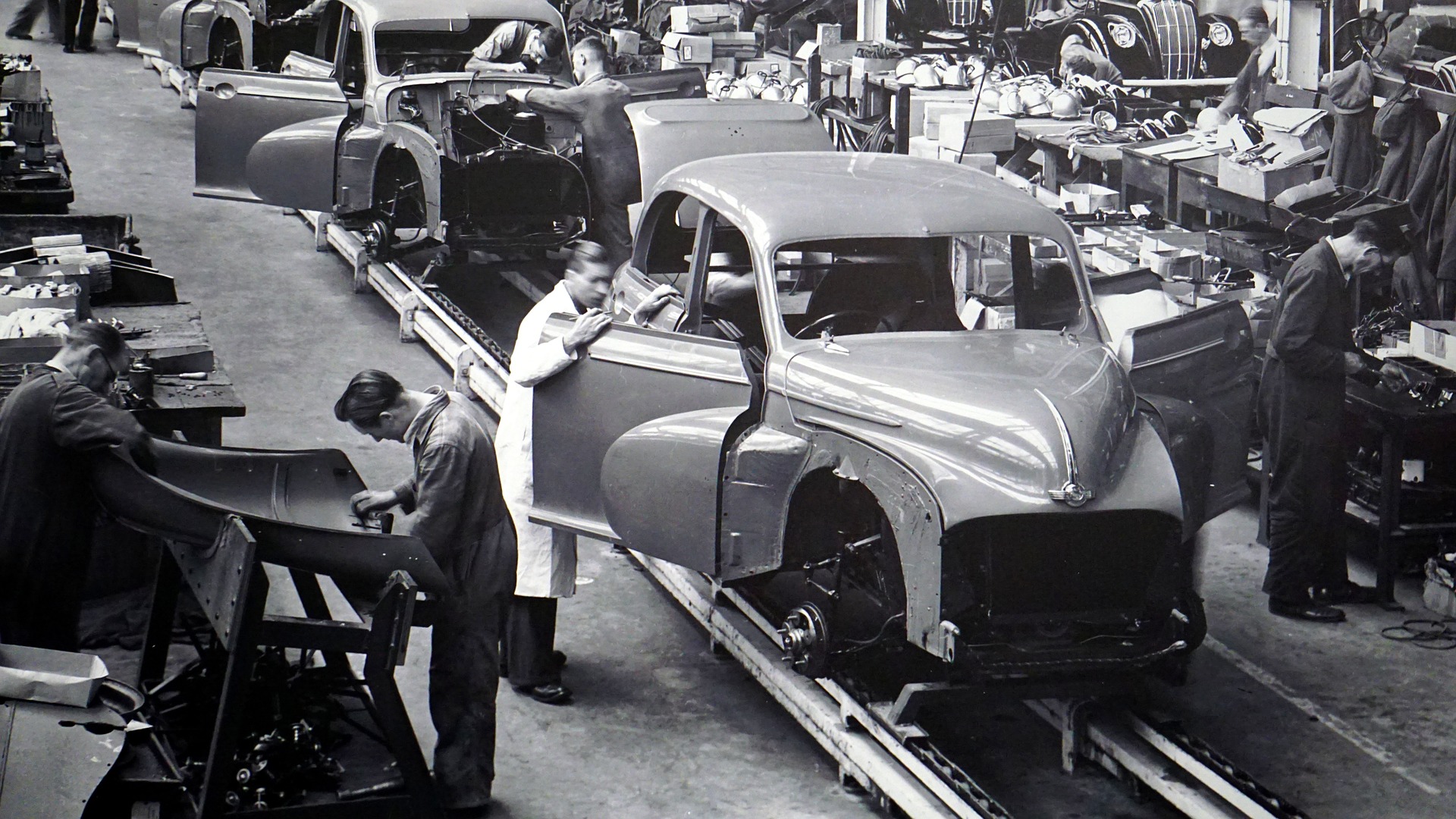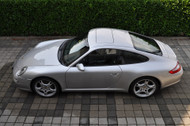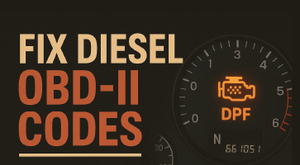Made of Steel: A Mission to Manufacture the Safest Cars
By on Aug 16 2017

From 2000 to 2016, the steel industry contributed to offering between 170 and 226 car models on the U.S. market.
Automobile manufacturers promote sales by offering high safety ratings, the most up-to-date technology, and speed, among other things, to appeal to customers.
For a large portion of people purchasing cars, safety is a top priority. All automobiles are made of steel but it's important the strongest steel is in the right place so passengers are protected from any type of collision.
Metallurgical engineers study the physical and chemical properties of metallic elements. Researching new ways to make steel stronger, lighter, and more durable take precedence in the automobile industry.
Advanced High-Strength Steels

Advanced High-Strength Steels (AHSS) designed through complex chemical compositions in highly controlled environments form the structural steel of cars. Various mechanisms are applied to create a range of strength, toughness, and ductility.
Ductility and malleability are considerably similar: ductile substances stretch without suffering damage while malleable materials deform under compression. Platinum is the most ductile metal, and gold is the most malleable. Plastics and amorphous solid materials are also malleable, such as Play-Doh.
Steel categorized as being under AHSS demonstrate yield strength levels exceeding 550 MPa. The same group of steel with MPas above 780 can be more specifically identified as ultra-high strength steels."
Significant types of AHSS includes Transformation Induced Plasticity (TRIP) steel and Dual Phase (DP) steel. The material serves best in automobile crash zones because it has remarkably high energy absorption.
Structural elements are best made of extremely high-strength steels like Martensitic and boron-based Press Hardened Steels (PHS) for improved safety.
Over time, the steel industry has undergone a fair share of innovation.

While working for Ford Motor Company, Dr. Zackay of the University of California helped develop ausformed steel in the 1950s. The process, also known as Low and High temperature thermomechanical treatment, increases the hardness of an alloy by applying temperature fluctuations rapidly.
The procedure involves working with metallic crystals made of organized lattice arrangements of atoms. The crystals have defects, known as dislocations, causing the metal to contort under harsh conditions. Creating such qualities contributes to stronger and safer vehicles.
Engineers and researchers discovered how to make steel dislocations work in their favor by intentionally activating them to stretch the metal more, resulting in tangled patterns that resist movement and disruption better.
However, scientists discovered that stretching conventional high-strength steel can result in decreased strength because of high ductility; in other words, they do not do well under high stress and can deform, resulting in a weaker metal.
Engineers figured out how to transform the crystal structure of austenite to martensite by causing a chemical reaction to occur allowing durability to increase by 50% up to 200,000 psi.
The finished alloy developed a built-in self-healing property at an atomic level allowing disturbances to trigger a chemical reaction and become even stronger.
The slightly modified metals are placed in different areas of a vehicle, depending on grades. The strongest are used in door beams and windshield pillars to prevent other vehicles or objects from entering or flattening the car. Reinforcement is key in these areas.
Manufacturers typically use several types of steel when building the car. Steel is also used in other parts like wheels, brakes, exhaust, and the engine. It's the cheapest metal used when building a car.
Looking to the Future
As metallurgical engineers continue to find progress in the steel industry, creating a strong but lightweight metal is crucial.
A team at UCLA Henry Samueli School of Engineering and Applied Science created a new metal aligning with these goals of magnesium infused with a dense amount of ceramic silicon carbide nanoparticles. The steel could be utilized by the automobile industry, aircraft companies, and help improve fuel efficiency.
The discovery marked the beginning of a new class of metals that could be revolutionary.
Sources:
https://phys.org/news/2015-12-exceptionally-strong-lightweight-metal.html
https://www.statista.com/statistics/200092/total-number-of-car-models-on-the-us-market-since-1990/
https://www.statista.com/statistics/200092/total-number-of-car-models-on-the-us-market-since-1990/
https://www.sciencenews.org/archive/ductile-strong-steel
http://www.nytimes.com/2009/09/15/science/15steel.html






